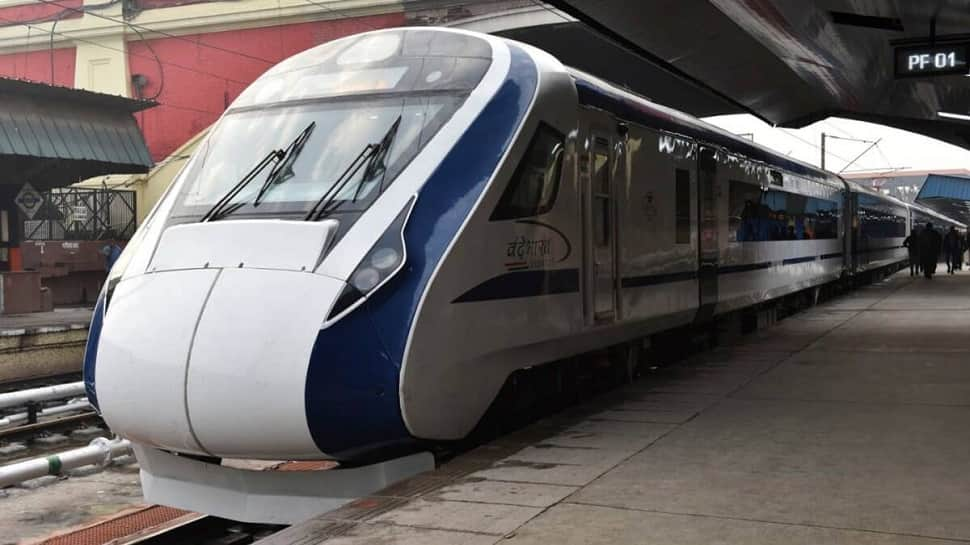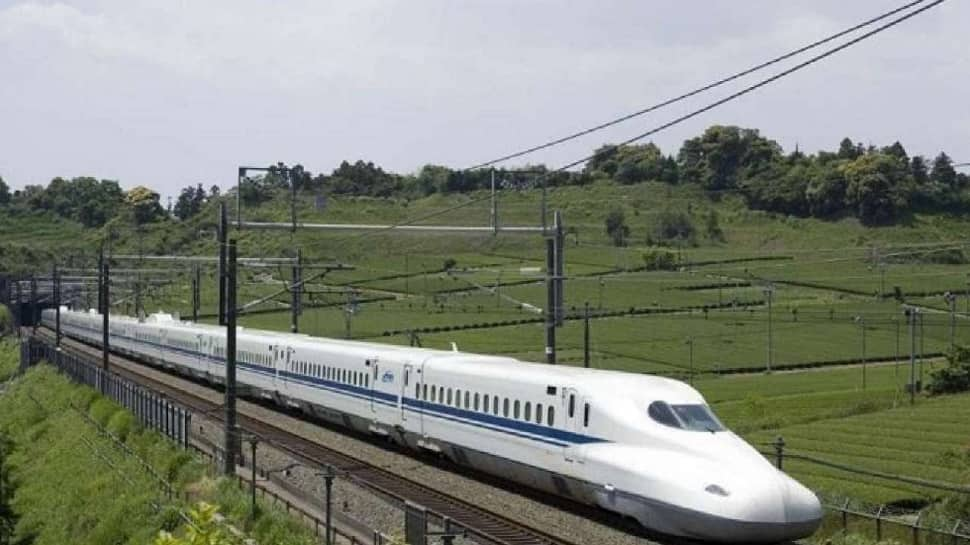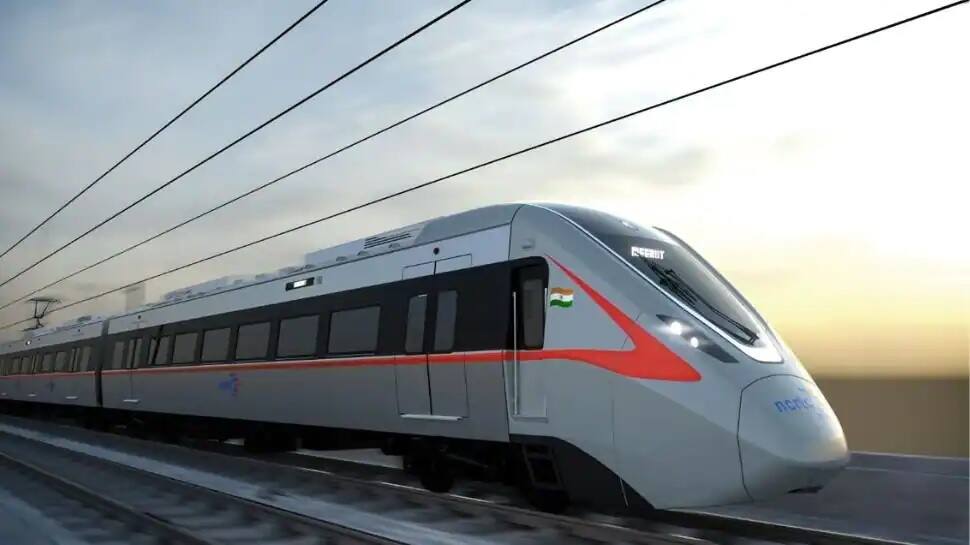Indian Railways is one of the densest and busiest rail network in the world. Established in the mid-1800s, the Indian Railways now caters the length and breadth of the country, stretching from Kashmir in the north to Kanyakumari in the south. According to a government data, Indian Railways carried over 8 billion passengers in 2020, the highest for any country in the world. In terms of rail length, Indian Railways ranks fourth in the world after the US, Russia and China. Having said that, the Indian Railways, for the longest time, has been seen as a mode of transport for people belonging to lower or middle class income groups.
There are many reasons why rich and affluent Indians do not opt for railways despite it being one of the most economical and comfortable modes of transport. One of the most prominent reasons is the speed of the trains. Indian Railways runs different types of trains, from suburban trains to long distance express trains. However, our average speed has never crossed 100 kmph. In fact, India has been toying with the concept of high-speed and semi-high speed trains for a long time, but to no avail.
While Shatabdi and Rajdhani Express have been the fastest trains in India, alternatives like Gatimaan Express and Tejas Express have also been introduced. However, none could generate as much interest among passengers as the Vande Bharat Express. The semi-high speed train has become a hit among train commuters. Not only this, India is also building its first bullet train corridor in partnership with Japan.
India is also building RRTS corridors for urban long distance inter-city transport. Although not technically a part of the Indian Railways, it is a form of rail transport, similar to metro trains. Here’s a look at the various high and semi-high speed trains that will give a boost to the Indian Railways and train passengers:

The Vande Bharat Express, also known as Train 18, is a semi-high-speed, intercity, electric multiple-unit train operated by the Indian Railways. It catches the speed of 100 kmph in just 52 seconds. Indian Railways is also working on a sleeper version of Vande Bharat trains, which can go up to a top speed of 220 kmph. Vande Bharat 2.0 trains have Kavach (Train Collision Avoidance System) for enhanced safety in operation. Vande Bharat Express currently operates on 8 routes in India:
Route 1: New Delhi-Varanasi Vande Bharat Express
Route 2: New Delhi – Shri Mata Vaishno Devi Katra (J&K) Vande Bharat Express
Route 3: Gandhinagar and Mumbai Vande Bharat Express
Route 4: New Delhi to Amb Andaura in Himachal Pradesh Vande Bharat Express
Route 5: Chennai-Mysore Vande Bharat Express
Route 6: Nagpur-Bilaspur Vande Bharat Express
Route 7: Howrah-New Jalpaiguri Vande Bharat Express
Route 8: Secunderabad-Visakhapatnam Vande Bharat Express

bullet train
Indian Railways is working to give India its first bullet train by 2026. The project aims to run the bullet train between Ahmedabad and Mumbai at a speed of 320 kmph on the High Speed Rail (HSR) corridor, covering a distance of 508 km and 12 stations. The bullet train is expected to reduce the travel time between the two cities to about three hours from the current six hours. Japan International Cooperation Agency (JICA) is funding 81 per cent of the project cost, which is estimated at Rs 1.1 lakh crore.

Technically, the Delhi–Meerut Rapid Rail Transit System is not a part of the Indian Railways. However, India’s first RRTS corridor will add speed to India’s rail network and passengers. The first corridor being built by NCRTC is being established between Delhi and Meerut with a length of 86 km. Later, more corridors will be established between Delhi-Alwar and Delhi-Karnal. The RRTS will run the Alstom manufactured trainset at a speed of 180 kmph. The trains have already completed trial runs at a speed of 160 kmph on the Duhai-Sahibabad priority section, making them India’s fastest trains.